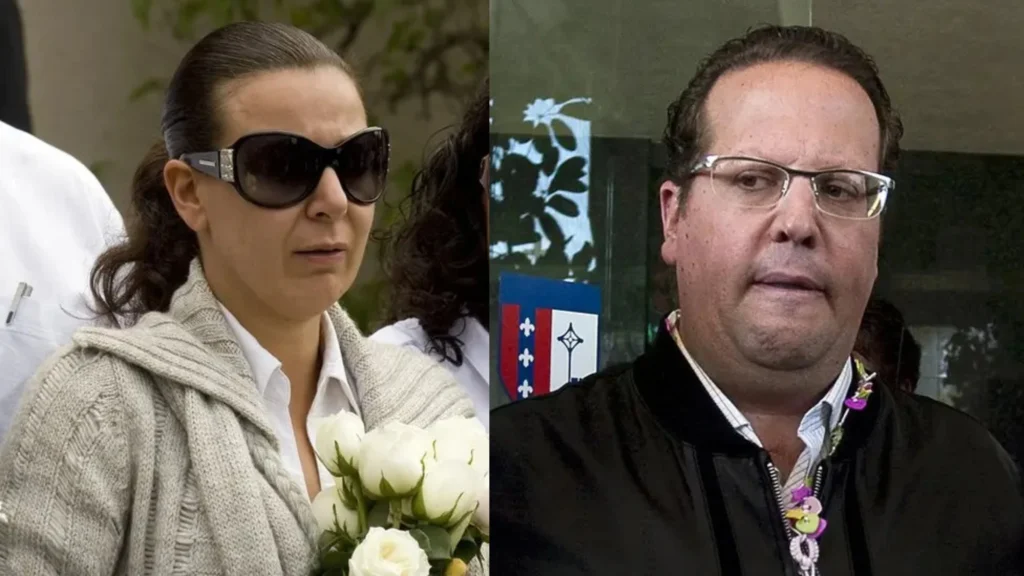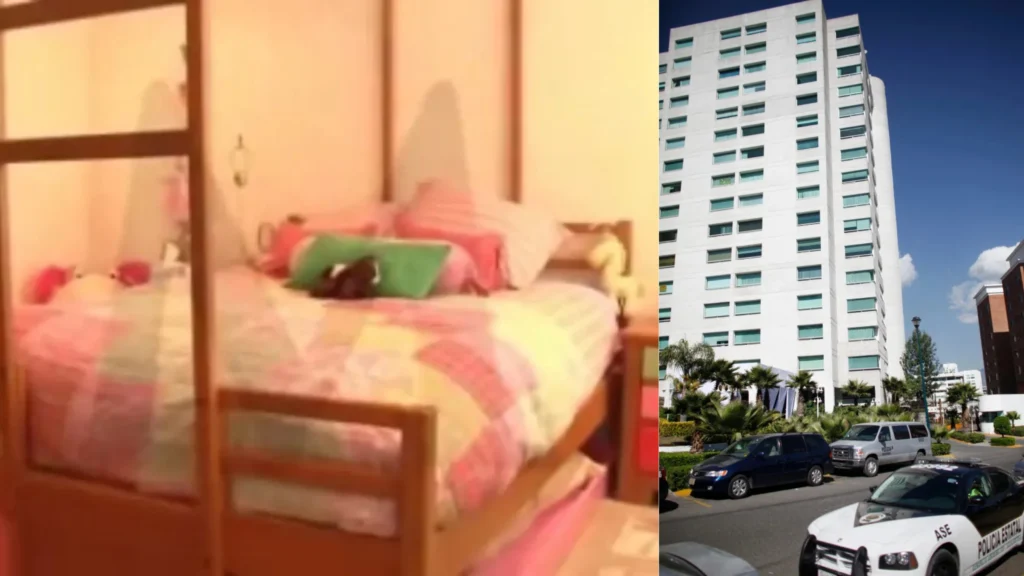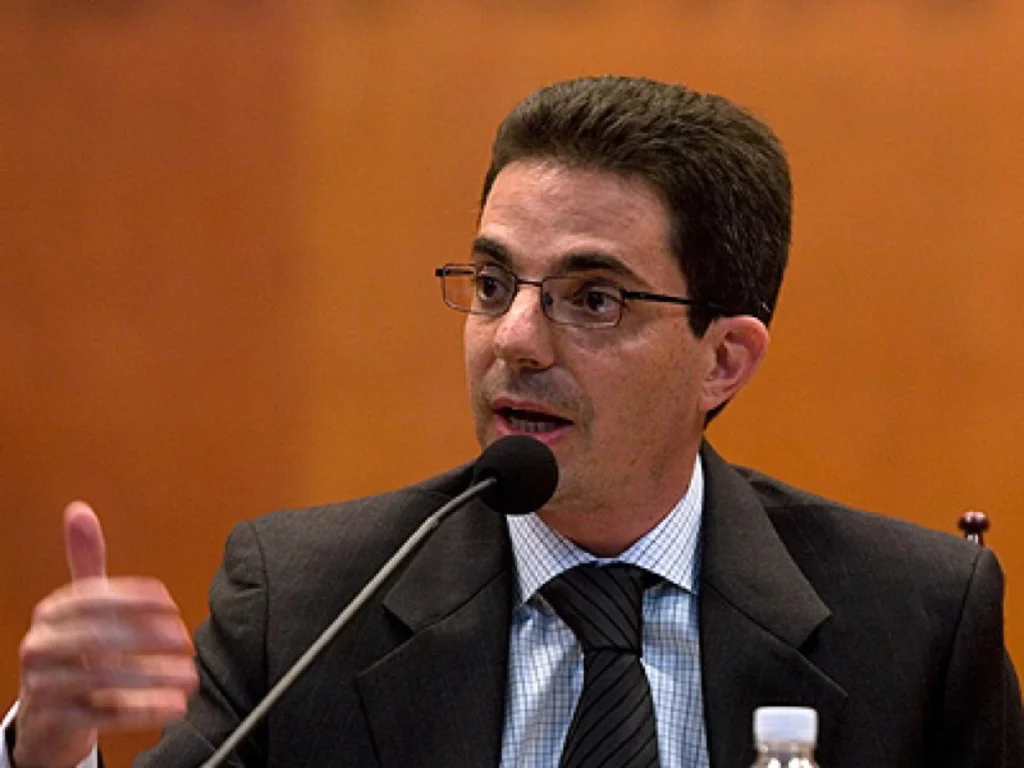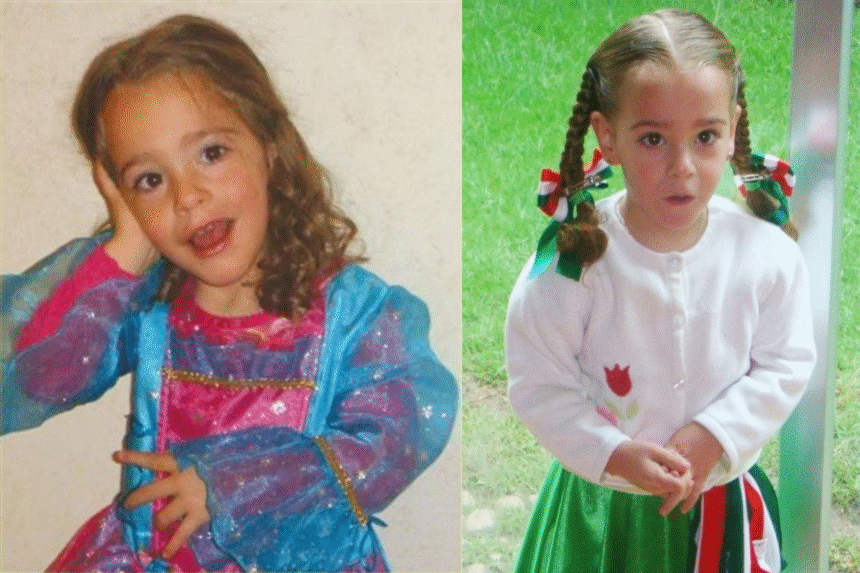In March 2010, four-year-old Paulette Gebara Farah was reported missing from her bedroom in Huixquilucan, Mexico. She had physical and speech disabilities. A large search was launched and her disappearance received nationwide media coverage. Nine days later, her body was found in her own bedroom, between the mattress and the foot of her bed.
The Vanishing
Paulette lived in Huixquilucan, an upscale area near Mexico City, with her parents, Lizette Farah and Mauricio Gebara, and her older sister, also named Lizette. At just four years old, Paulette was described as sweet and cheerful but faced challenges that made her completely reliant on adults.
She struggled with motor control, couldn’t communicate clearly and needed someone to watch her all the time, the BBC reports. She spent most of her days with her family and two nannies, Erika and Martha Casimiro, who helped take care of her.
Her world was small and safe—or at least it was supposed to be. No one could have predicted how quickly that sense of security would unravel.
On March 21, 2010, the family returned from a weekend getaway to Valle de Bravo. Mauricio dropped the girls off at home while Lizette stayed behind to finish errands, later tucking both daughters into bed.
The next morning, one of Paulette’s nannies went to wake her and found her bed empty. At first, it seemed impossible; she couldn’t walk out on her own. The family searched every corner of their apartment, every closet, every room and then moved to the building hallways and parking garage. Nothing.
By that afternoon, panic set in. Calls went out to relatives, friends and eventually the authorities. Police sealed off the apartment but there was no sign of forced entry, no open window, no clue that someone had come or gone. Security footage from the building offered no answers. Paulette had simply vanished.
A Nationwide Hunt

As hours turned into days, the case exploded into a media frenzy. Paulette’s parents went on television, pleading for her safe return. “You can leave her in a shopping center or crowded place; no one will say anything against you,” Lizette said through tears.
Mauricio also spoke on several networks, calm but clearly desperate, asking anyone with information to come forward.
Posters with Paulette’s smiling face were put up all over Mexico City, and her story spread quickly on social media, even making international news.
Search teams swept through nearby parks, lakes, and highways. Police dogs combed the apartment multiple times, sniffing through every room. Helicopters hovered overhead. It felt like the entire country was looking for Paulette. Yet every day ended the same way—with no sign of her.
When leads dried up, suspicion shifted toward the people closest to her. On March 29, State Attorney General Alberto Bazbaz made an announcement: Paulette’s parents and nannies were under investigation.
He said their stories didn’t match and suggested someone was lying. “Each one of them at a certain moment have falsified their statements,” he told reporters, explaining that their conflicting testimonies had slowed progress.
The family’s apartment became a crime scene and investigators recreated the timeline of Paulette’s disappearance, questioning every detail. Meanwhile, Lizette and Mauricio were placed under watch in separate hotels, as were Erika and Martha.
The once-private family was now in the center of a scandal, their lives dissected on national television.
The Discovery

On March 31, around 2:00 AM, investigators made a stunning announcement: Paulette’s body had been found—in her own bedroom. She was wedged between her mattress and the foot of her bed, in a spot investigators had already searched repeatedly. The news shocked people and caused outrage, per CBS News.
How could a team of police officers, forensic experts and trained dogs have missed a child’s body in the very room she disappeared from? Some began to suspect a cover-up while others believed the investigation had been handled with shocking incompetence.
Authorities ruled Paulette’s death accidental. According to Bazbaz, she had likely moved in her sleep, slipping into a position where her nose and chest were compressed, causing her to suffocate. An autopsy confirmed the cause of death as “mechanical asphyxia.” There were no signs of abuse, sexual assault or drugs in her system.
But if this was an accident, why were there so many unanswered questions?
A Case Full of Mysteries

According to Wikipedia, from the moment her body was found, inconsistencies piled up. Paulette’s nannies insisted the bed had been made that morning and that there was no way her body could have been there unnoticed. They had searched under, over and around it.
Amanda de la Rosa, a close friend of Lizette’s who had stayed at the apartment during the search, even slept in Paulette’s bed one night and swore she didn’t notice anything unusual.
The release of a forensic video showing Paulette’s body being “discovered” only added fuel to the fire. In the footage, investigators speak in flat, robotic tones while pointing out bloodstains on the sheets. Their calm demeanor made many viewers believe the video was staged after the fact.
There was also the matter of Paulette’s pajamas. In some media appearances, Lizette Farah showed reporters a pair of pajamas identical to the ones Paulette was wearing when she was found, claiming they belonged to her older daughter. But the images raised more questions about whether evidence had been tampered with.
One of the most explosive revelations came when authorities leaked an audio recording of Lizette instructing her older daughter to stay quiet. “Don’t tell them anything,” she said, worried she might be blamed. Lizette argued the recording was taken out of context but public opinion was already divided.
Legal Fallout
Even after Paulette’s body was found, the case refused to settle. Lizette challenged the restrictions placed on her while Mauricio openly doubted the accident theory. On April 4, a judge released the parents and nannies from custody but prohibited them from leaving Mexico.
On April 6, Paulette was laid to rest at the Panteón Francés de San Joaquín in Mexico City. The ceremony was private but cameras lined the streets outside the cemetery. Years later, in 2017, her remains were exhumed and cremated as part of the official closure of the case.
The public backlash was so intense that State Attorney General Alberto Bazbaz resigned on May 26, admitting he had lost the trust needed to lead the office. “An attorney general needs confidence to act effectively, but I lost that confidence,” he said at a press conference.
Meanwhile, Paulette’s sister became the center of a custody battle between Lizette and Mauricio with the court eventually granting guardianship to their mother.
The Media Storm
For weeks, Paulette’s face was everywhere. The tragedy captured Mexico’s attention not only because of the mystery but because it revealed deep mistrust in law enforcement. How could a highly publicized investigation with so many resources fail so spectacularly?
The story was later turned into documentaries and even a Netflix drama series, Crime Diaries: The Search, which reignited debates about whether Paulette’s death was truly accidental. Many Mexicans still believe the case was mishandled or that the full truth was never revealed.




